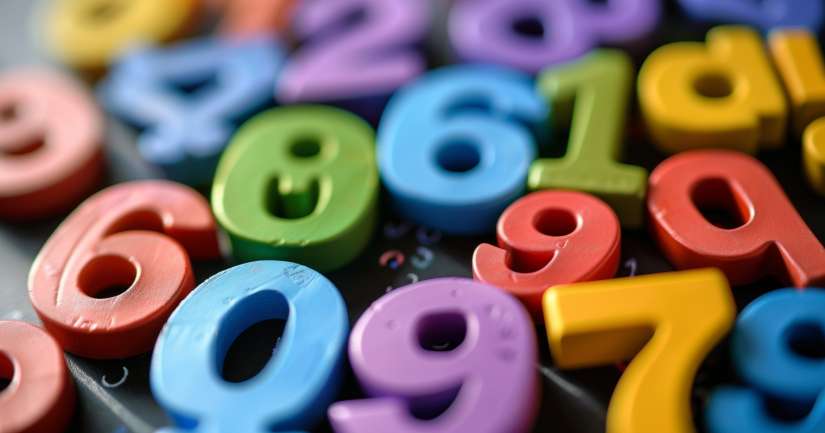Are you ready to test your math skills? This quiz on adding, subtracting, multiplying, and dividing integers will challenge your understanding and sharpen your abilities. Dive into a series of questions designed to make you think critically and apply what you know.
Why take this quiz? For one, you’ll get a clear idea of where you stand with integer operations. Maybe you’re a math whiz, or perhaps you need a bit more practice. Either way, this quiz will point you in the right direction.
You’ll encounter a variety of problems, each one crafted to increase your proficiency. From simple additions to complex multiplications, this quiz covers it all. As you progress, you’ll notice patterns and improve your speed and accuracy.
Get ready to boost your confidence in math. Take the quiz now and discover your strengths and areas for improvement. It’s time to see what you can do!

Adding Subtracting Multiplying And Dividing Integers – FAQ
Integers are whole numbers that can be positive, negative, or zero. They do not contain fractions or decimals. Examples of integers include -3, 0, and 7. Integers are used in various mathematical operations such as addition, subtraction, multiplication, and division.
To add integers, you combine their values. If both integers have the same sign, you add their absolute values and keep the sign. If they have different signs, you subtract the smaller absolute value from the larger one and use the sign of the larger absolute value.
Subtracting integers involves adding the opposite. To subtract an integer, you add its opposite. For example, to subtract -5 from 3, you add the opposite of -5, which is 5. Thus, 3 – (-5) becomes 3 + 5, resulting in 8.
When multiplying integers, multiply their absolute values. If both integers have the same sign, the product is positive. If they have different signs, the product is negative. For instance, multiplying -4 by -3 gives 12, while multiplying -4 by 3 results in -12.
Dividing integers follows similar rules to multiplication. Divide the absolute values of the integers. If both integers have the same sign, the quotient is positive. If they have different signs, the quotient is negative. For example, dividing -12 by -3 yields 4, whereas dividing -12 by 3 gives -4.
